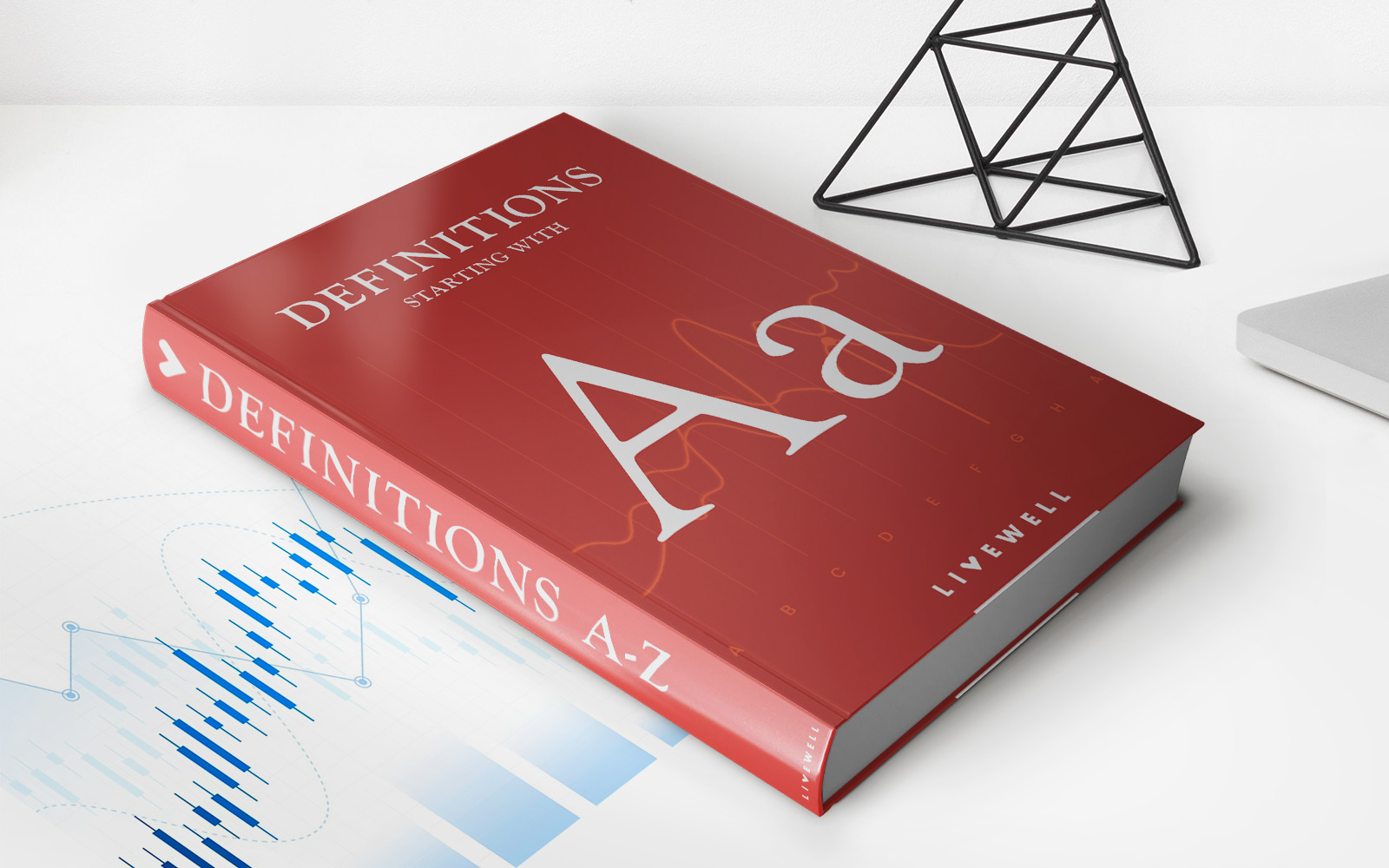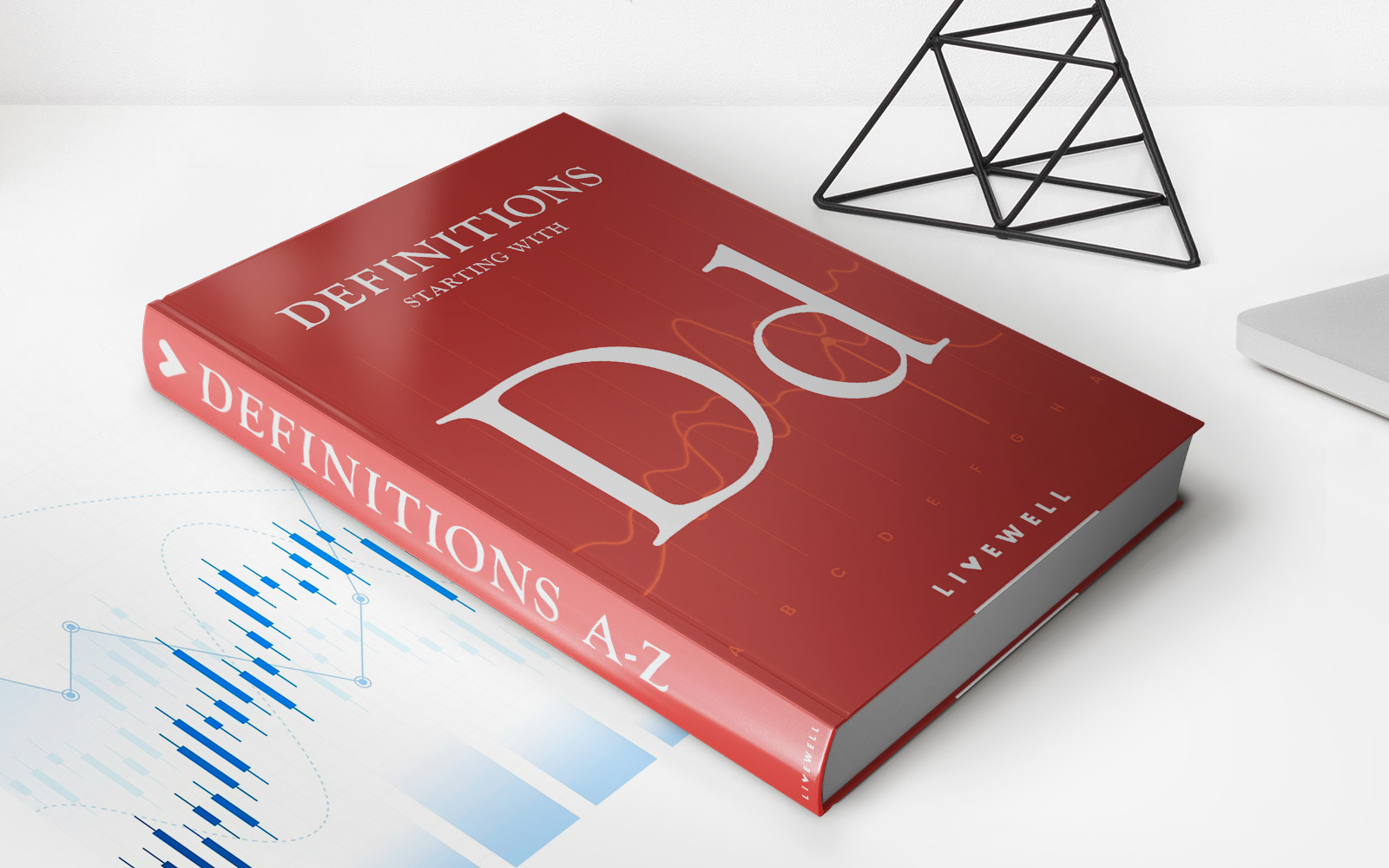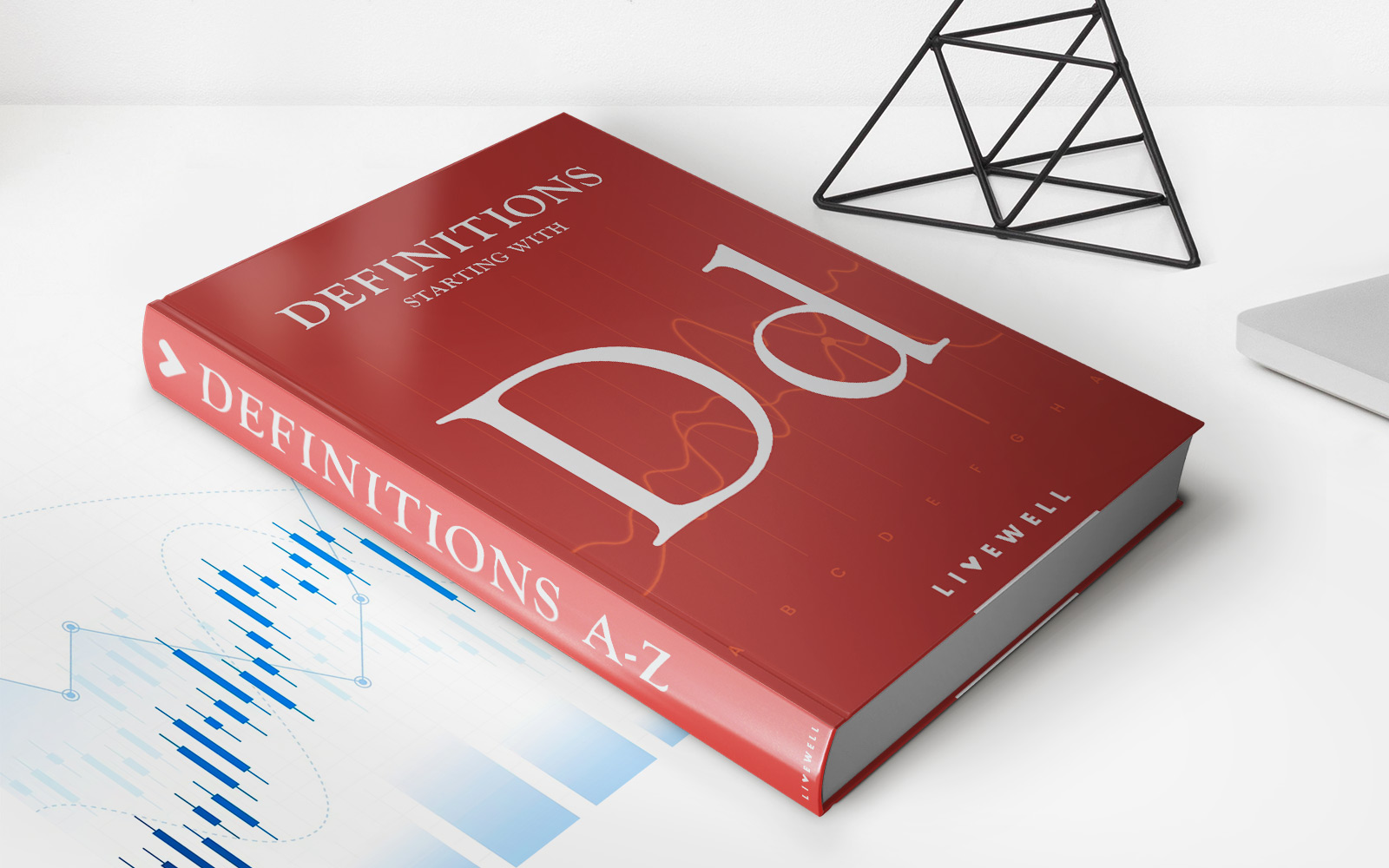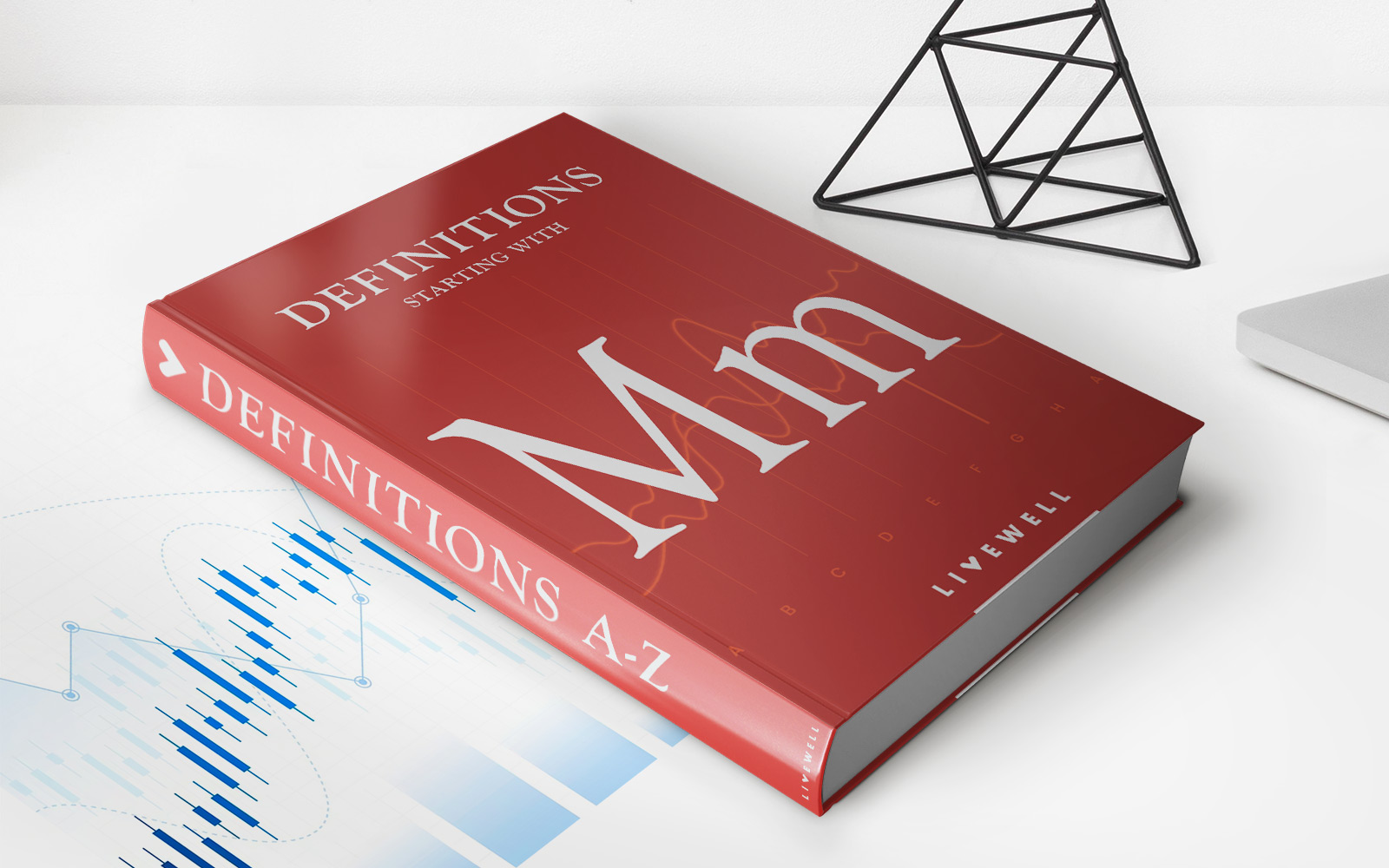Home>Finance>Footprint Charts: Definition And How They’re Used In Analysis


Finance
Footprint Charts: Definition And How They’re Used In Analysis
Published: November 26, 2023
Learn about footprint charts and how they're used in finance analysis. Gain insights into this powerful tool for market analysis and decision-making.
(Many of the links in this article redirect to a specific reviewed product. Your purchase of these products through affiliate links helps to generate commission for LiveWell, at no extra cost. Learn more)
Footprint Charts: Definition and How They’re Used in Analysis
If you’re interested in finance and investing, you’ve probably come across various types of charts and technical indicators that traders use to make informed decisions. One lesser-known but powerful charting technique used in financial analysis is the footprint chart. In this article, we’ll explore what footprint charts are, how they differ from traditional charts, and how they can be used to enhance your investment strategy.
Key Takeaways:
- Footprint charts provide a unique way of displaying trading activity by highlighting price levels where significant buying or selling pressure occurred.
- These charts incorporate both time and volume information, offering a more comprehensive view of market dynamics.
What are Footprint Charts?
Footprint charts, also known as Volume Profiling or Market Profile charts, are a type of charting technique used in financial analysis to visualize market activity. Unlike traditional charts that primarily display price information, footprint charts provide additional insights into the trading activity happening at different price levels.
Footprint charts incorporate both time and volume information, giving traders a more comprehensive view of market dynamics. They highlight the amount of buying or selling pressure at each price level, enabling traders to identify areas of significant interest and gauge market sentiment.
How are Footprint Charts Used in Analysis?
1. Identifying Support and Resistance Levels: Footprint charts can help traders identify key support and resistance levels on a price chart. By visualizing where significant buying or selling pressure occurred, traders can identify areas where price is likely to react in the future. These levels can be used to plan entry and exit points for trades.
2. Spotting Accumulation and Distribution Zones: Footprint charts allow traders to identify accumulation and distribution zones, which can provide valuable insights into market trends. Accumulation zones show where buyers are stepping in and accumulating positions, indicating potential price appreciation. Conversely, distribution zones show where sellers are active, suggesting a potential price decline. These zones can help traders make informed decisions about the market direction.
3. Understanding Price Rejections: Footprint charts can also help traders understand price rejections, where buyers or sellers were unsuccessful in pushing prices beyond certain levels. These rejections can provide valuable information about potential reversals or continuation of trends. By monitoring price rejections on footprint charts, traders can adjust their strategies accordingly.
Final Thoughts
While footprint charts may not be as widely known as other charting techniques, they offer a unique perspective on market activity. By incorporating both time and volume information, footprint charts provide traders with a more comprehensive understanding of price levels and market dynamics. When used in conjunction with other technical analysis tools, footprint charts can help enhance trading strategies and improve decision-making.
So, the next time you’re performing financial analysis, consider incorporating footprint charts into your toolset. Their ability to uncover hidden market insights can give you a competitive edge in the world of finance and investing.














